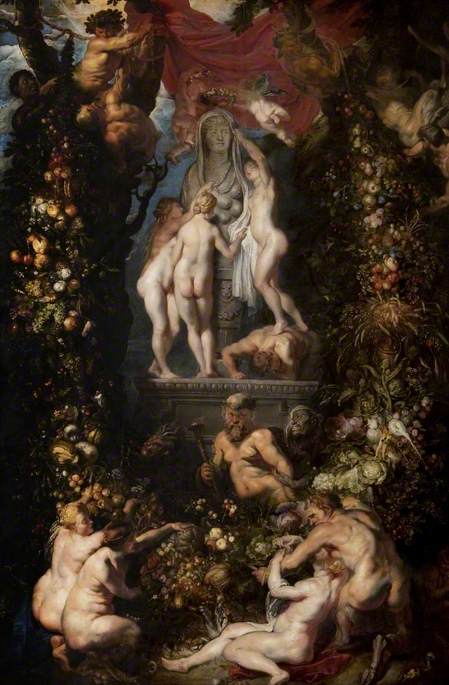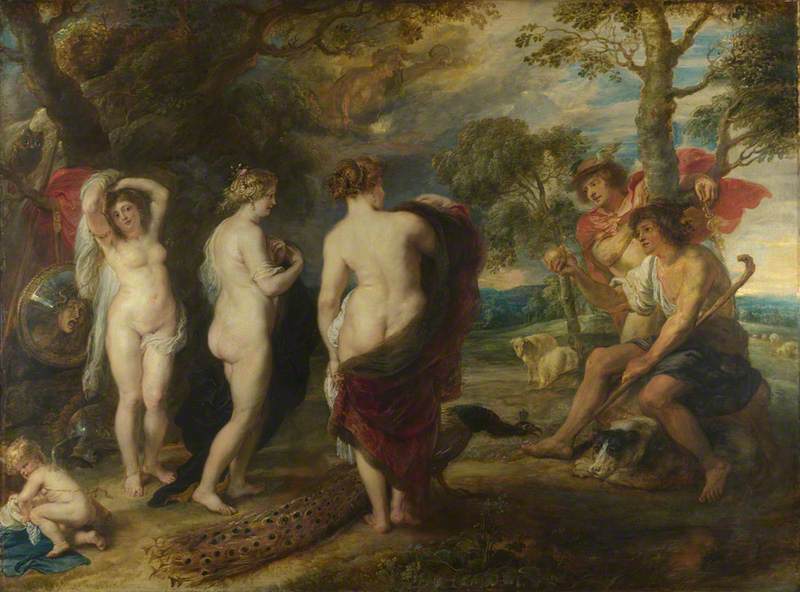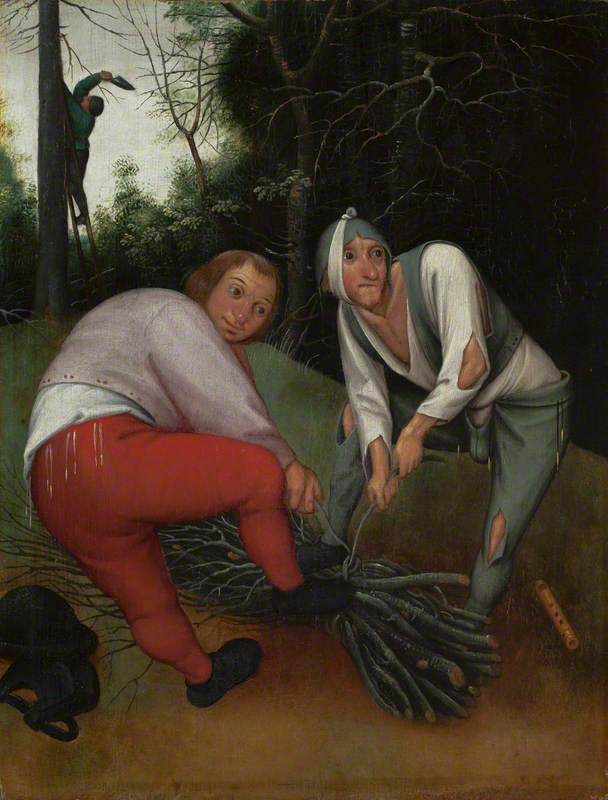How you can use this image
This image is available to be shared and re-used under the terms of the Creative Commons Attribution-NonCommercial-NoDerivatives licence (CC BY-NC-ND).
You can reproduce this image for non-commercial purposes and you are not able to change or modify it in any way.
Wherever you reproduce the image you must attribute the original creators (acknowledge the original artist(s) and the person/organisation that took the photograph of the work) and any other rights holders.
Review our guidance pages which explain how you can reuse images, how to credit an image and how to find more images in the public domain or with a Creative Commons licence available.
DownloadNotes
Add or edit a note on this artwork that only you can see. You can find notes again by going to the ‘Notes’ section of your account.
This painting is essentially a celebration of the fecundity of Nature. In the centre is a sculpted herm of a many-breasted goddess, based on the cult statue of Diana of Ephesus, from which the Renaissance personified Nature. The (partly-abraded and partly-concealed) inscription on the pedestal identifies her specifically as 'the Great Mother, Earth who bears everything'. The three nymphs (often, for no good reason, identified as the Graces), are removing her veil and twined-wool necklace, in readiness for their substitution as honorific emblems by floral crowns, a red backcloth, and the extraordinary garland of fruit and flowers, which is being attached to the flanking oak trees by satyrs and winged putti. On the ground below, other nymphs and satyrs bind fruit to the garland, presided over by the unmistakable figure of fat Silenus, who holds a festive torch in Nature's honour.
Kelvingrove Art Gallery and Museum
Title
Nature and Her Followers
Date
c.1615
Medium
oil on panel
Measurements
H 106.7 x W 72.4 cm
Accession number
609
Acquisition method
bequeathed by Jane Graham-Gilbert, 1877
Work type
Painting



